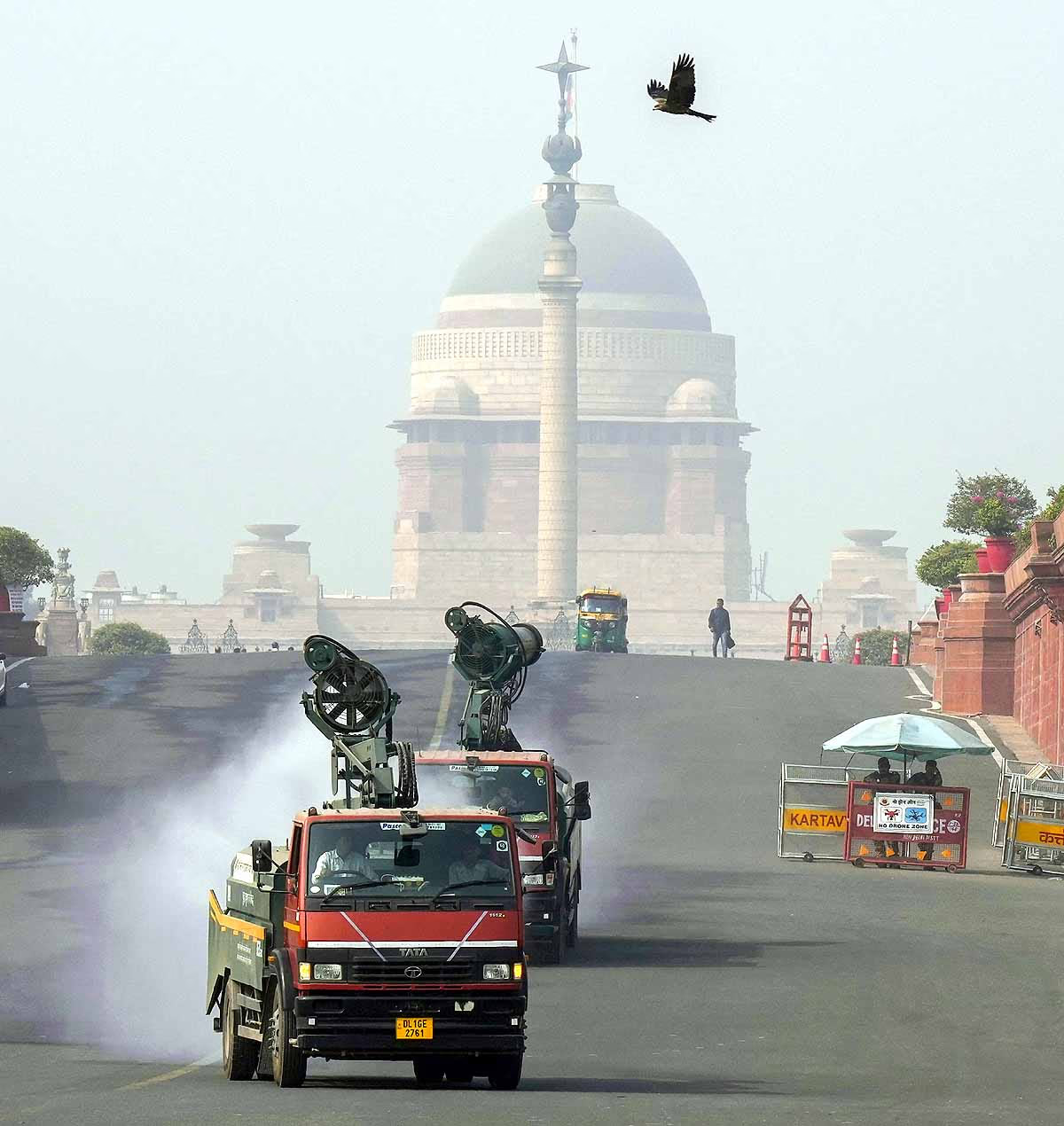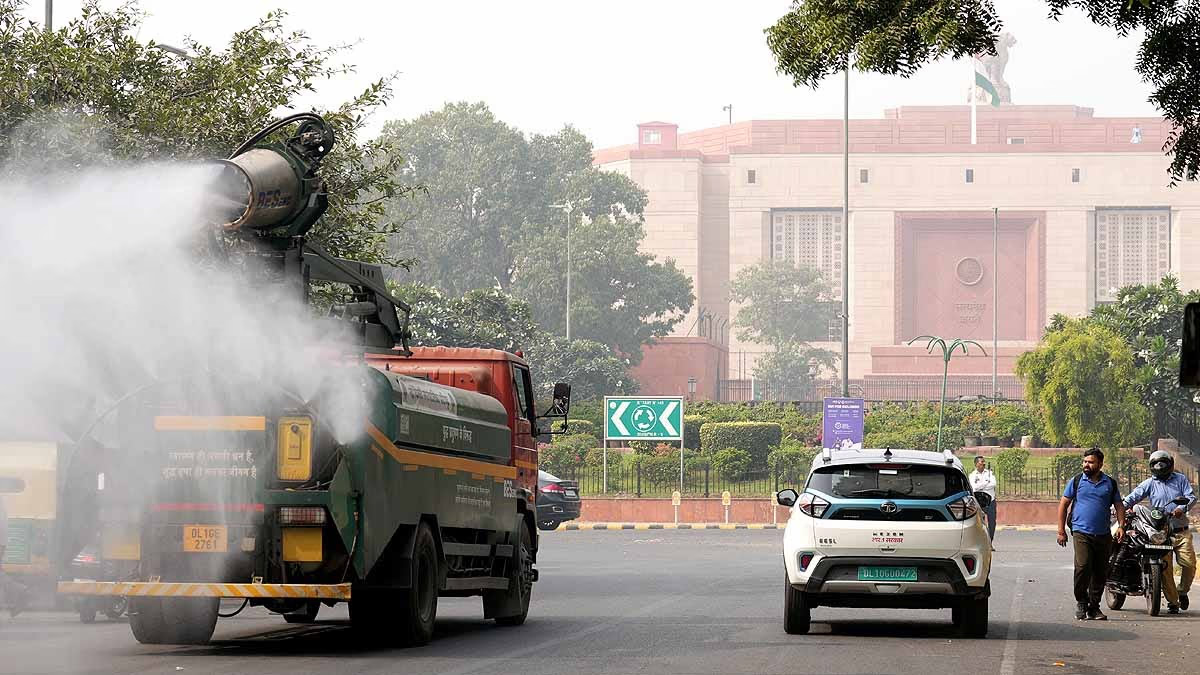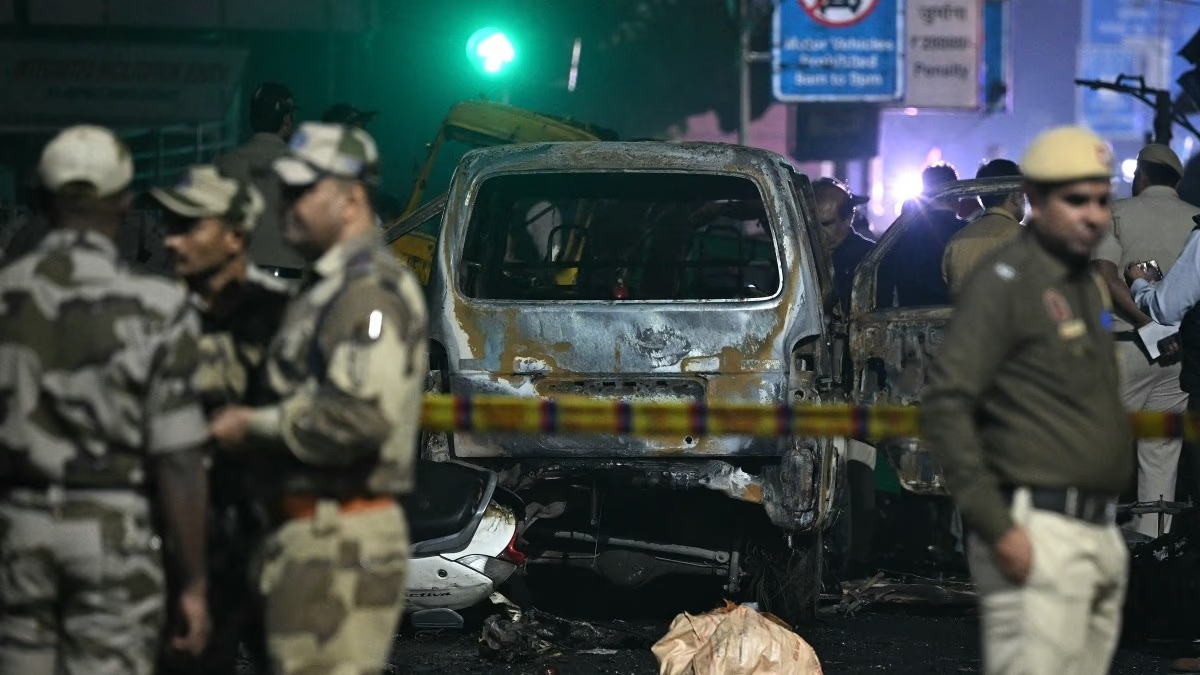Delhi is notorious worldwide for its toxic air, especially during the weeks following Diwali, when burning sensations in the eyes, nose, and lungs are common. However, this time the air appears cleaner. Diwali was celebrated on October 31. From then to November 11, the air quality was 'very poor', unlike last year's 'severe' status. Here's why the air is somewhat clearer this year.
This year, seasonal factors helped curtail pollution. Low wind speeds and higher temperatures were pivotal in minimizing pollution spread. Consequently, less pollution drifted into Delhi-NCR from neighboring regions like Pakistan, Punjab, and Rajasthan.
Read more:

Source: aajtak
This year, less stubble was burned in Punjab and Haryana, reducing the pollution 'cocktail' in Delhi. While a western disturbance expected later this week might worsen the air quality index around November 15, it might also carry away pollutants with strong winds.
The meteorological department has ruled out the possibility of rain in the northern plains. As snowfall in the Himalayas begins, temperatures might drop around November 20, which could further improve air quality by stabilizing atmospheric conditions.
Read more:

Source: aajtak
In the following days, factors that generally exacerbate pollution will stabilize and improve. Scientists predict that pollution levels will remain low in the upcoming days, though occasional fluctuations might occur. If stubble burning continues to decrease, Delhi-NCR's pollution levels are expected to decline.




